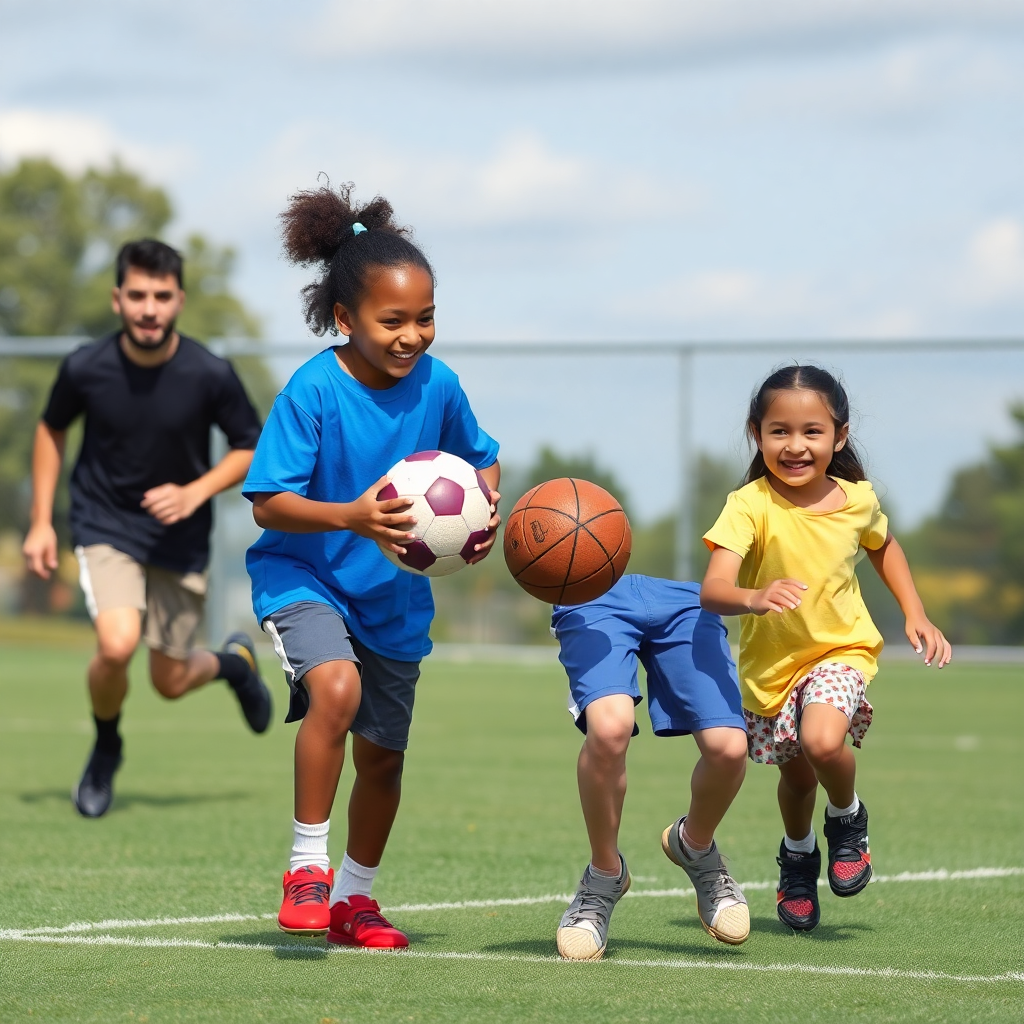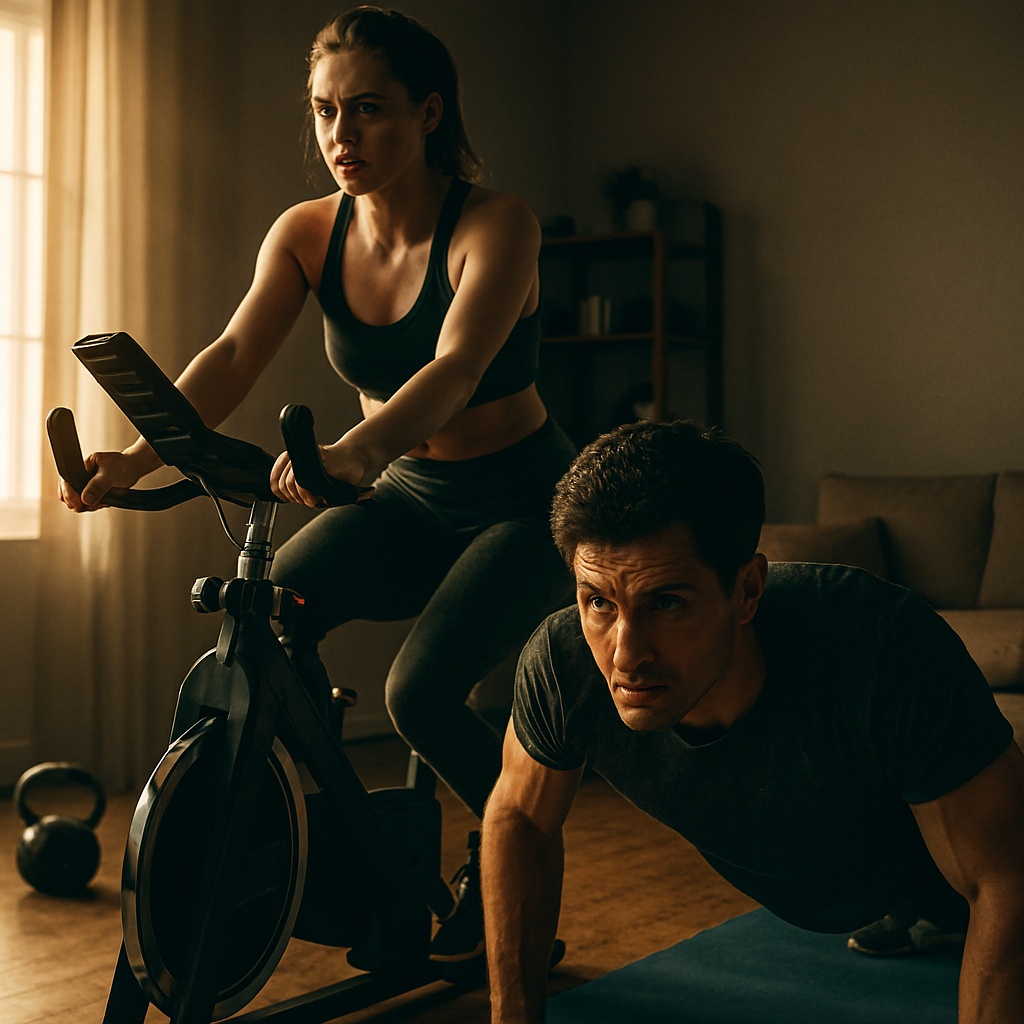Homeostasis and Sports
A Perfect Symbiosis
In the world of sports, athletes often push their bodies to the limits, striving for peak performance and excellence. But what many may not realize is that behind every sprint, jump, and intense match, there’s a critical physiological process at work—homeostasis. This intricate system ensures that the body remains stable and balanced, even under the physical stress of athletic activities. Understanding homeostasis and its role in sports can provide valuable insights into optimizing performance, enhancing recovery, and maintaining long-term health.
Understanding Homeostasis
Homeostasis refers to the body’s innate ability to maintain a stable internal environment despite external changes. This complex process involves multiple physiological mechanisms that balance temperature, pH levels, hydration, and electrolyte concentrations.

The Role of Homeostasis in Sports Performance
Regulating Body Temperature
Physical activity generates heat, which could potentially lead to overheating. Homeostasis ensures that body temperature remains safe through mechanisms like sweating and increased blood flow to the skin, essential for optimal athletic performance.
Balancing Fluids and Electrolytes
During sports, significant fluid and electrolyte loss occurs via sweat. Homeostasis regulates this balance, ensuring muscle function remains intact and preventing dehydration, which could impair performance and recovery.
Homeostasis and Athletic Adaptations
Cardiovascular Adjustments
Regular physical training enhances cardiovascular efficiency. Homeostasis assists in adapting to increased physical demands by optimizing heart rate and blood pressure, thereby improving oxygen delivery to muscles and efficient waste removal.
Metabolic Adaptations
Athletes often have enhanced metabolic efficiency. Homeostasis supports these adaptations by regulating glucose levels, ensuring a steady energy supply during prolonged activities, crucial for endurance sports.

Homeostasis – The Key to Recovery
Post-Exercise Recovery
After intense physical activity, the body needs to return to its pre-exercise state. Homeostasis manages this recovery process by reducing muscle acidity, replenishing energy stores, and repairing tissues.
Sleep and Rest
Adequate rest and sleep are crucial for maintaining homeostasis. These periods allow the body to repair and build tissues, consolidate memory and learning, and restore energy levels, enhancing sports skills and strategies.
Practical Applications in Sports
Training Programs
Designing training programs that optimize homeostatic responses is key. This includes incorporating rest periods and balancing different exercise types, ensuring gradual adaptation and minimizing injury risks.
Nutrition and Hydration Strategies
Proper nutrition and hydration support homeostasis. Athletes must consume balanced diets and maintain hydration to support their internal balance, enhance performance, and promote recovery.

The Impact of Mental State on Homeostasis
Stress Management
High-stress levels can disrupt homeostasis, affecting sports performance. Implementing stress management techniques such as mindfulness, meditation, and proper rest can help maintain a stable internal environment.
Mental Resilience
Building mental resilience is crucial for athletes. Positive mental states can support homeostatic balance, contributing to better performance and quicker recovery from setbacks and injuries.
Homeostasis and Injury Prevention
Injury Monitoring
Homeostasis helps monitor signs of overtraining and potential injuries. Listening to the body’s signals and allowing adequate recovery time can prevent chronic injuries and ensure long-term athletic health.
Rehabilitation
Effective rehabilitation programs align with homeostatic principles. Gradual reintroduction of physical activity helps restore balance, rebuild strength, and prevent re-injury.
Technological Advances in Monitoring Homeostasis
Wearable Technology
Modern wearable technology provides real-time data on physiological parameters. Athletes can use this information to monitor homeostatic balance and make informed decisions about training and recovery.
Biofeedback Systems
Biofeedback systems help athletes understand their body’s responses. By monitoring heart rate, muscle tension, and other indicators, athletes can optimize their training routines and maintain homeostasis.

Environmental Factors and Homeostasis
Adapting to Climate
Athletes often face varying climate conditions. Homeostasis helps the body adapt to these changes, ensuring performance isn’t compromised by factors like extreme heat or cold.
Altitude Training
Training at high altitudes can challenge homeostatic balance. Understanding and preparing for these conditions can enhance performance, as the body adapts to lower oxygen levels and improves endurance.
Conclusion
Homeostasis is more than just a biological term, it is the cornerstone of athletic performance and recovery. By understanding and supporting these internal processes, athletes can enhance their physical capabilities, prevent injuries, and maintain a healthy balance. This intricate system, which regulates everything from temperature and hydration to mental state and recovery, allows athletes to push their limits and achieve their goals. In the symbiotic relationship between homeostasis and sports, we find the key to unlocking human potential and optimizing performance. Recognizing the importance of homeostasis and integrating strategies to support it can help athletes not only excel in their sports but also sustain long, successful, and healthy careers.
Join the Discussion
How do you incorporate the principles of homeostasis in your training or daily routine? What strategies have you found most effective for maintaining balance and optimizing performance?















Australian Women's Cricket To Stand Alone As Greatest 2025
[…] Consistent ExcellenceUnlike their male counterparts, who have faced periods of scandal and inconsistency, the women’s team has maintained a standard of excellence that is both inspiring and commendable. Their dedication to the sport and their country is evident in their unwavering commitment to success. […]